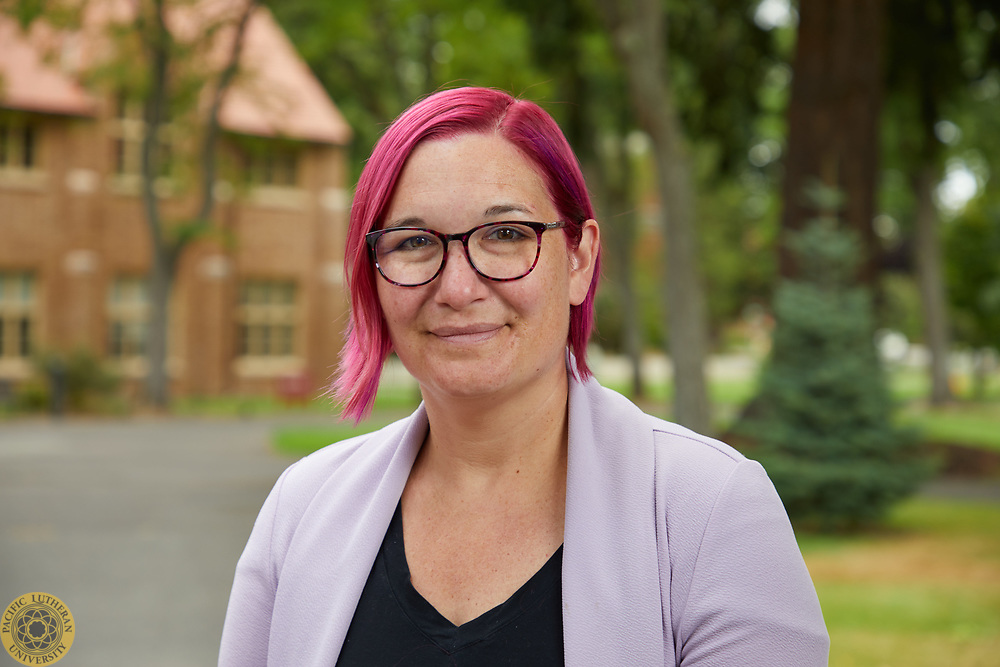Page 1 • (408 results in 0.078 seconds)
-
50 Learning Assessment Techniques: A Quick Reference GuideSource: Elizabeth Barkley & Claire Major, Learning Assessment Techniques (Jossey-Bass, 2016). These LAT’s are organized around the six categories of learning in Fink’s Taxonomy of Significant Learning.Printable pdfLAT Quick Reference CategoryLATTechniqueBrief Description Foundational Knowledge1First Day FinalStudents take a non-graded test the first day of the term that consists of questions that are similar to the Final Exam, and then
-
Professor of Physics | Department of Physics | louie@plu.edu | 253-535-7653 | My research interests are plasma etching issues, carbon nanotubes and scanning probe microscopy.
title: "Point Contact Spectroscopy With Nanofabricated Junctions Of Spin And Energy-Dependent Transport In Heterogeneous Ferromagnetic Systems." Advisor: Professor R. A. Buhrman) M.S., Physics, Cornell University A.B., magna cum laude, Physics, Harvard University Areas of Emphasis or Expertise Atomic force microscopy; Materials characterization Thin film deposition; Nanofabrication Ultralow temperatures, Vacuum techniques Selected Presentations Society for Experimental Mechanics Annual Conference
-
Learning Assessment Techniques - Quick Reference (pdf) view download
-

Professor of Chemistry | Department of Chemistry | munroam@plu.edu | 253-535-7069 | Dr.
CHEM 410: Introduction to Research CHEM 420: Instrumental Analysis CHEM 487: Inorganic Synthesis CHEM 499: Capstone NSCI 350: STEM Education Partnership FYEP 101 – A writing course for students during their first semester at PLU Selected Publications Food Chemistry: An Asynchronous Course Designed with Hands-On Experiments for Undergraduate General Education Selected Articles Munro, A. M. "Synthetic Approaches for Growing Zinc Sulfide and Zinc Selenide Colloidal Nanocrystals." Journal of Vacuum
Area of Emphasis/Expertise -

Professor of Chemistry | STEM Education | munroam@plu.edu | 253-538-7069 | Dr.
CHEM 410: Introduction to Research CHEM 420: Instrumental Analysis CHEM 487: Inorganic Synthesis CHEM 499: Capstone NSCI 350: STEM Education Partnership FYEP 101 – A writing course for students during their first semester at PLU Selected Publications Food Chemistry: An Asynchronous Course Designed with Hands-On Experiments for Undergraduate General Education Selected Articles Munro, A. M. "Synthetic Approaches for Growing Zinc Sulfide and Zinc Selenide Colloidal Nanocrystals." Journal of Vacuum
Area of Emphasis/Expertise -
Wi-Fi Indoor Bike Storage Kitchen w/microwave(s) Postal Delivery & Pick Up Recycling Room Student Long-Term Storage Study and Central Lounges Vacuum Cleaners/
/microwave(s) Postal Delivery & Pick Up Recycling Room Student Long-Term Storage Study and Central Lounges Vacuum Cleaners/Brooms Vending Machines Twin extra-long beds Blinds Desks and Desk Chairs Closets Dressers Bookshelf Waste Can & Recycling Bins Linoleum Floor Pianos In Lounge Single-sex Restroom Facilities Composting Laundry Facilities
-

Audrey Borloz ’24, Fani del Toro ’24, Aidan Donnelly ’25, Grady Lemma ’25, and Angela Rodriguez Hinojosa ’24 spent the summer focused on synthesizing organic compounds called antenna ligands for lanthanide ions. When these molecules interact with specific ions like europium(III) or terbium(III), they exhibit…
experiments,” reflected Rodriguez Hinojosa. “Once my plans are organized, I set up my experiment in the fume hood and get started on a reaction. My reactions usually are on a smaller scale and require various steps such as heating, stirring, separation, purification, and characterization. Separation consists of vacuum filtration or extraction via a separatory funnel. Purification consists of high vacuum or rotary evaporation, and finally, characterization techniques are Nuclear Magnetic Resonance and FTIR
-

Audrey Borloz ’24, Fani del Toro ’24, Aidan Donnelly ’25, Grady Lemma ’25, and Angela Rodriguez Hinojosa ’24 spent the summer focused on synthesizing organic compounds called antenna ligands for lanthanide ions. When these molecules interact with specific ions like europium(III) or terbium(III), they exhibit…
experiments,” reflected Rodriguez Hinojosa. “Once my plans are organized, I set up my experiment in the fume hood and get started on a reaction. My reactions usually are on a smaller scale and require various steps such as heating, stirring, separation, purification, and characterization. Separation consists of vacuum filtration or extraction via a separatory funnel. Purification consists of high vacuum or rotary evaporation, and finally, characterization techniques are Nuclear Magnetic Resonance and FTIR
-
Some employees at PLU, primarily those who work outdoors, in food service, and environmental service positions may be exposed to temperatures that cause heat or cold stress.
Chapter 296-62 WAC, Part J-1WAC 296-62-090131.0 IntroductionSome employees at PLU, primarily those who work outdoors, in food service, and environmental service positions may be exposed to temperatures that cause heat or cold stress. Employees who work outside of the “comfort zone” may experience decreased levels of productivity and quality of work. The frequency of accidents also increases. Increased body temperature and physical discomfort promote irritability, anger, and other emotional
-
Claim: The jury is still out about global warming Claire Todd, Visiting Assistant Professor of Geosciences and Environmental Studies Recent events such as the snowstorms in the eastern United States have caused some to question whether or not global temperatures are increasing. To address these…
April 19, 2010 Claim: The jury is still out about global warming Claire Todd, Visiting Assistant Professor of Geosciences and Environmental Studies Recent events such as the snowstorms in the eastern United States have caused some to question whether or not global temperatures are increasing. To address these questions, we can turn to the instrumental temperature record, a record of temperatures measured directly by humans for the past 130 years. These measurements, made with thermometers and
Do you have any feedback for us? If so, feel free to use our Feedback Form.


